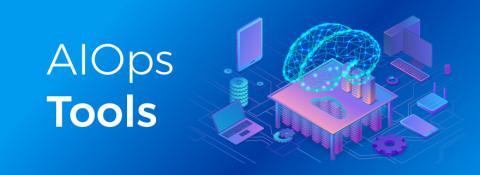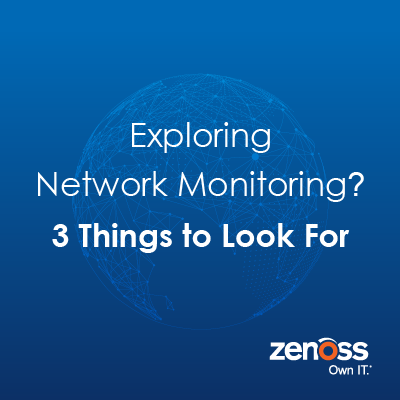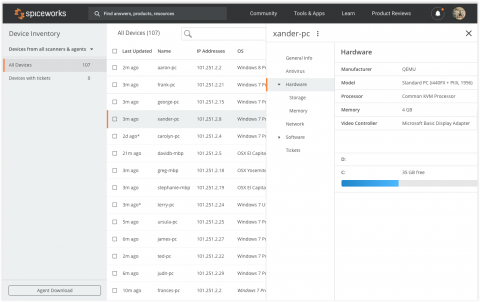Machine Learning CAN Help Your NOC Win the Battle
Rapidly increasing IT complexity, customer expectations around application availability and performance, and the importance of supporting new digital initiatives and services, taken together, are placing unprecedented demands on Network Operations Centers (NOCs) and IT Operations teams inside large, complex organizations like yours.









